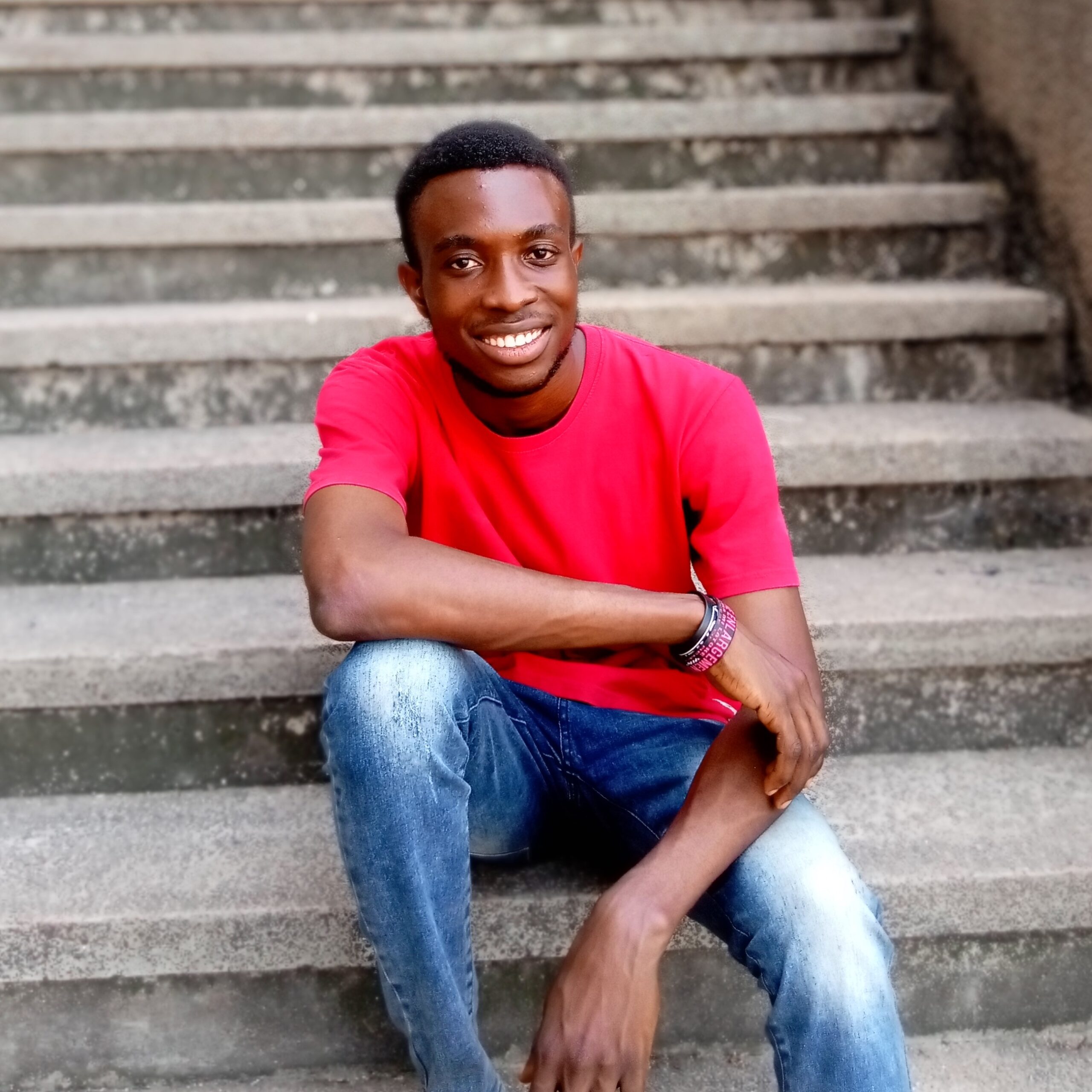From the early nineteenth century, freed and formerly enslaved Africans who had lived in Brazil, Cuba and other parts of the Americas returned to West Africa. Among the Yoruba, these returnees known as Aguda or Amaro introduced architectural forms, crafts, and ritual practices that reflected a fusion of European baroque influences and African spatial traditions.
EXPLORE NOW: Biographies & Cultural Icons of Nigeria
This synthesis created what scholars now call Afro-Brazilian architecture: a visual vocabulary of stucco façades, arched doorways, elaborate cornices, balustraded verandas, and decorative parapets adapted for tropical climates. While Lagos and Badagry were the earliest centres of this style, the influence gradually extended inland reaching Abeokuta, Ijebu-Ode, and eventually Osogbo.
According to architectural scholars, the Afro-Brazilian house form “found a local idiom in Osogbo’s craftspeople, producing dwellings that were at once cosmopolitan and distinctly Yoruba.” Osogbo’s growing reputation as a regional trade hub made it receptive to this Atlantic aesthetic. Local builders integrated the ornate style with indigenous materials and courtyard arrangements suited to Yoruba life, producing a hybrid architecture that symbolised both prosperity and cultural sophistication.
The Ladekoju (Susanne Wenger) House: A Locus of Art and Ritual
One of Osogbo’s most prominent Afro-Brazilian-inspired structures is the Ladekoju Heritage House (also known as the Susanne Wenger House) on Ibokun Road. Built in the early twentieth century by a local patron and later bequeathed to the Austrian artist Susanne Wenger (1915–2009), the house served as her home and studio from the late 1950s until her death.
Now under the Adunni Olorisha Trust (Adunni Osun Foundation), the building preserves Wenger’s extensive body of work sculptures, murals, and reliefs that gave visual form to Yoruba cosmology and anchored what became known as the New Sacred Art movement.
Within its walls, domestic life, artmaking, and ritual practice intertwined, transforming a residence into a sanctuary of creativity. The house functioned as a centre for training and collaboration. Wenger worked closely with Osogbo artists such as Adebisi Akanji and Rufus Ogundele, encouraging them to merge traditional craftsmanship with imaginative expression. These collaborations extended into the Osun-Osogbo Sacred Grove, where Wenger and her team revitalised neglected shrines with monumental cement sculptures.
From Colonial Corridors to Local Craftsmanship
The diffusion of Afro-Brazilian styles from coastal cities to Osogbo did not occur in isolation. The colonial transport corridors that connected Lagos, Abeokuta and Osogbo facilitated the movement of craftsmen, materials, and ideas. Aguda masons and plasterers prized for their skill blended imported construction techniques with local methods of brickmaking, timber use and spatial organisation.
In Osogbo, these houses quickly became markers of social prestige. Merchant families and community leaders commissioned them to display wealth and modernity. Over time, some evolved into cultural spaces, hosting gatherings, workshops, and exhibitions that tied architecture to civic identity.
As one heritage researcher notes, these houses were “more than dwellings they were declarations of belonging, innovation and memory.”
Susanne Wenger and the New Sacred Art Movement
Susanne Wenger’s life in Osogbo represented a unique fusion of art, faith, and cultural diplomacy. After arriving in Nigeria in the 1950s, she immersed herself in Yoruba religion, becoming an initiated priestess of Ọṣun and a leading advocate for indigenous spirituality.
Her partnership with local artists produced what became the New Sacred Art, a movement that reinterpreted Yoruba religious imagery through monumental sculpture and mural art. The Ladekoju House was both her living space and a workshop an evolving canvas of symbols and stories.
The restoration and artistic transformation of the Osun-Osogbo Sacred Grove under Wenger’s guidance later contributed to its inscription as a UNESCO World Heritage Site in 2005, securing global recognition for Yoruba religious art and its contemporary vitality.
Conservation, Threats, and Living Heritage
Across southwestern Nigeria, Afro-Brazilian houses face significant conservation challenges erosion, redevelopment pressures, and insensitive renovations threaten their structural integrity and decorative details. In Osogbo, preservation efforts led by the Adunni Olorisha Trust, the National Commission for Museums and Monuments, and local advocates aim to protect both Wenger’s home and the wider architectural heritage that chronicles the Atlantic return.
Preserving these buildings is more than an aesthetic concern; it represents a commitment to social memory and cultural continuity. Each cornice and plaster motif carries the imprint of generations who navigated displacement, return, and reinvention. As heritage conservators have emphasised, protecting these structures “safeguards the memory of a transatlantic journey one that continues to shape Yoruba identity today.”
The Brazilian houses of Osogbo stand as tangible records of transatlantic return and creative transformation. Through the artistry of Aguda masons and the visionary stewardship of Susanne Wenger, Osogbo became both a sanctuary and a stage for cultural fusion. These buildings embody resilience, hybrid identity, and sacred renewal preserving within their walls the story of how Yoruba tradition met the Atlantic world and reimagined itself for the modern age.
Author’s Note
This article draws upon verified archival and institutional materials, including conservation records, academic research on Afro-Brazilian architecture, and the custodial documentation of the Adunni Olorisha Trust and Ladekoju Foundation. Factual alignment was confirmed through scholarly sources on Aguda returnee building traditions and Wenger’s documented involvement in the Osogbo art movement.
READ MORE: Ancient & Pre-Colonial Nigeria
References
Adunni Olorisha Trust / Adunni Osun Foundation. Susanne Wenger House: Documentation and Collections (2009–2024).
Ladekoju Foundation. Ladekoju Heritage House: Historical Profile and Custodianship Records.
Teriba, A. Afro-Brazilian Architecture and Returnee Building Traditions in West Africa. Princeton University Research Archive.

